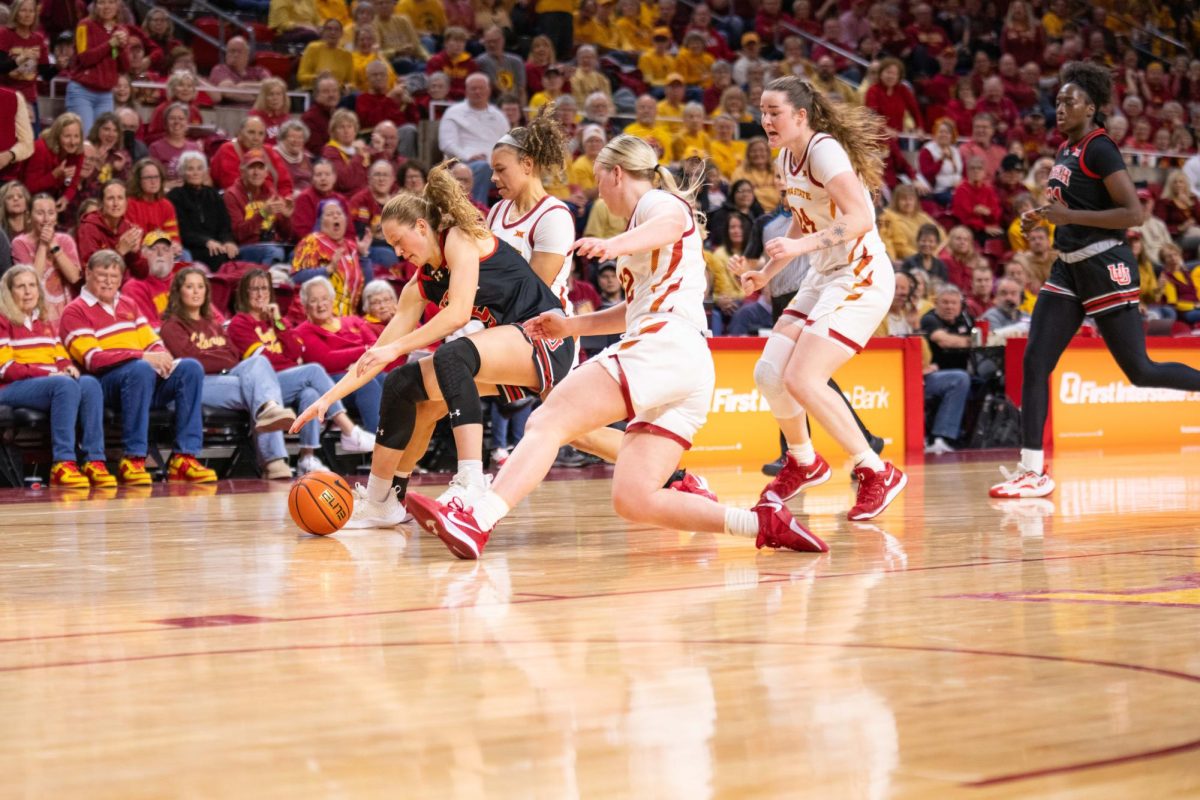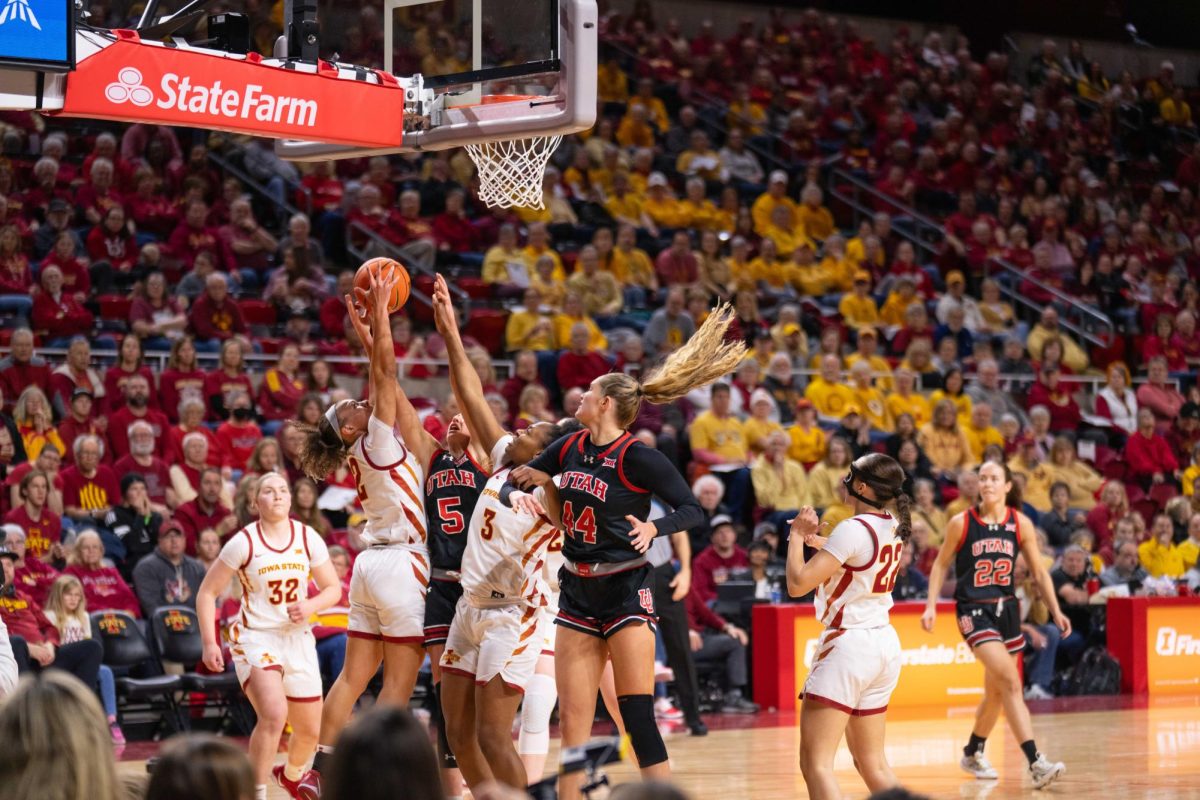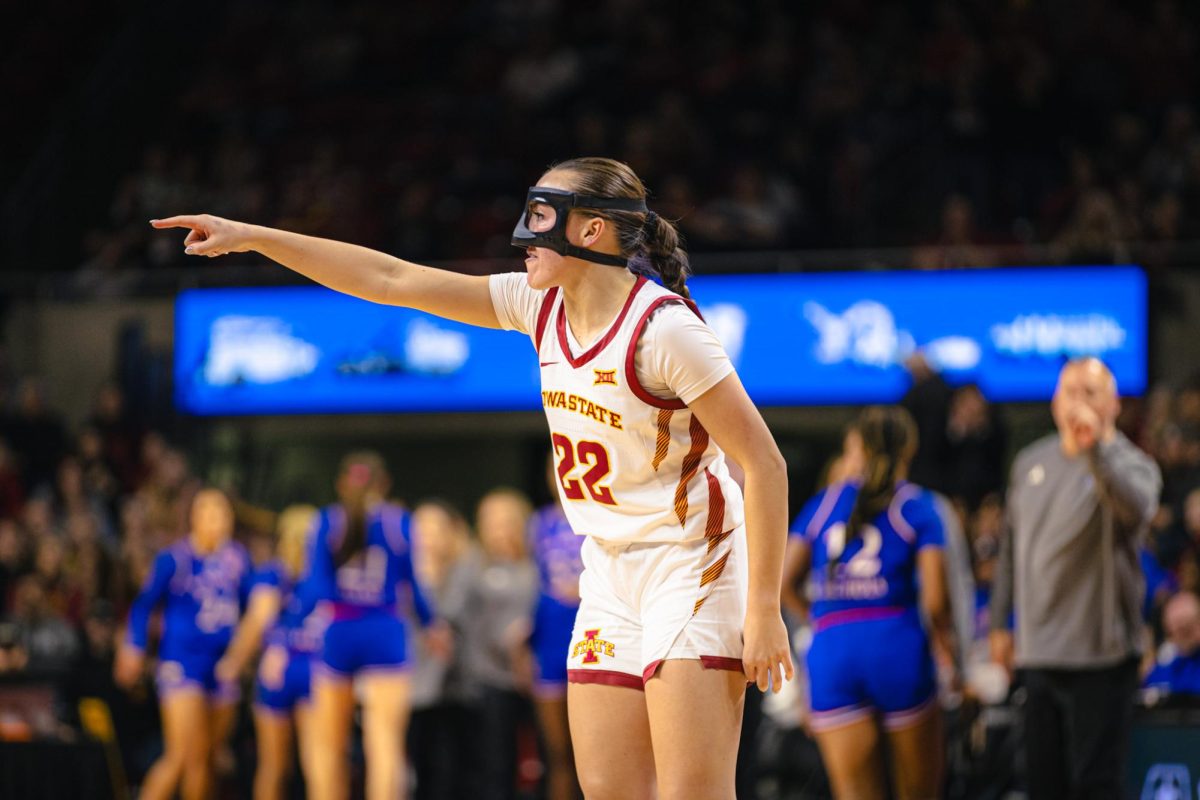Architecture class field trip takes students to Chicago
April 4, 2006
From the Farnsworth House’s glass modernity to the Robie House’s prairie style, Architecture 202 students explored some of architecture’s finest specimens in Chicago from March 24 to 26, while brainstorming ideas for their final project.
The class, composed mostly of second-year architecture students, has been focusing on personal locomotion, said Cameron Campbell, assistant professor of architecture. The class is taking the idea of personal locomotion to a larger scale.
The main purpose of the trip was to visit the “site” for the Chicago Mobility Station, a theoretical transportation center the class is designing for its final project. The class will display its final project at a public forum in late April.
“We have a certain site in Chicago that we have to analyze and gather information for and work from for this final project,” said Michael Goodsmith, sophomore in architecture. The site is located along the west bank of the South Chicago River.
Students prepared before the weekend trip by researching what would influence the site.
“Students researched and made presentations on the site and the history of Chicago,” Campbell said.
“They have realized the technological changes that have made Chicago what it is today. They have uncovered how the city’s built up.”
The hypothetical station would serve commuters and tourists alike. Tourists and visitors would be able to rent bikes, canoes and even Segways, a type of two-wheeled, self-balancing human transporters, to use to travel the city. Commuters could bike to the station and safely leave their bikes at the site and take the train, which is also incorporated into the students’ designs.
“Chicago is the hub of the U.S.,” Campbell said.
“Almost all train lines converge on Chicago.”
A similar station to what the students are designing already exists at Chicago’s Millennium Park. It is a bike station where commuters ride their bikes in, rent lockers, take showers, change out of their riding gear and continue to work.
“Our project is going to take it a step further and include any means of personal transportation such as Segways, scooters, kayaks – everything,” Goodsmith said. “It doesn’t limit it to people coming in for work.”
Campbell described the site as “complex” because of all the elements the students must consider when designing the station – water, trains, pedestrians and skyscrapers.
“There’s only so much you get to look at in Iowa. Chicago represents the first field trip outside of Iowa,” Campbell said.
Students said they appreciated the different perspective the trip gave them.
“The general atmosphere of Chicago definitely helps when it comes to architecture, mainly because of the rich architectural history that it has,” said John Hofmeyer, junior in architecture.
The students were not shuttled around the city, but rather had to be at sites and tours on time by using Chicago’s public transportation system. Campbell said the experience required students to know where they are on a map and what it takes to get from point A to point B.
By experiencing the “urban condition,” as Campbell called it, the students were better equipped to understand what is needed at their own site for commuters, visitors and tourists.
“There were a few people that would miss the boats over. Everyone who missed it missed it right as we were leaving the docks and we all waved at them,” Goodsmith said.
“We had a few issues with people getting to places on time. I think everyone has issues getting to be where they needed to be.”
Not only did students study their site and view Chicago’s famous buildings on land and by boat, they also visited a couple architecture firms in Chicago.
“It really helped to see large firms and how they operate and work,” Hofmeyer said.






